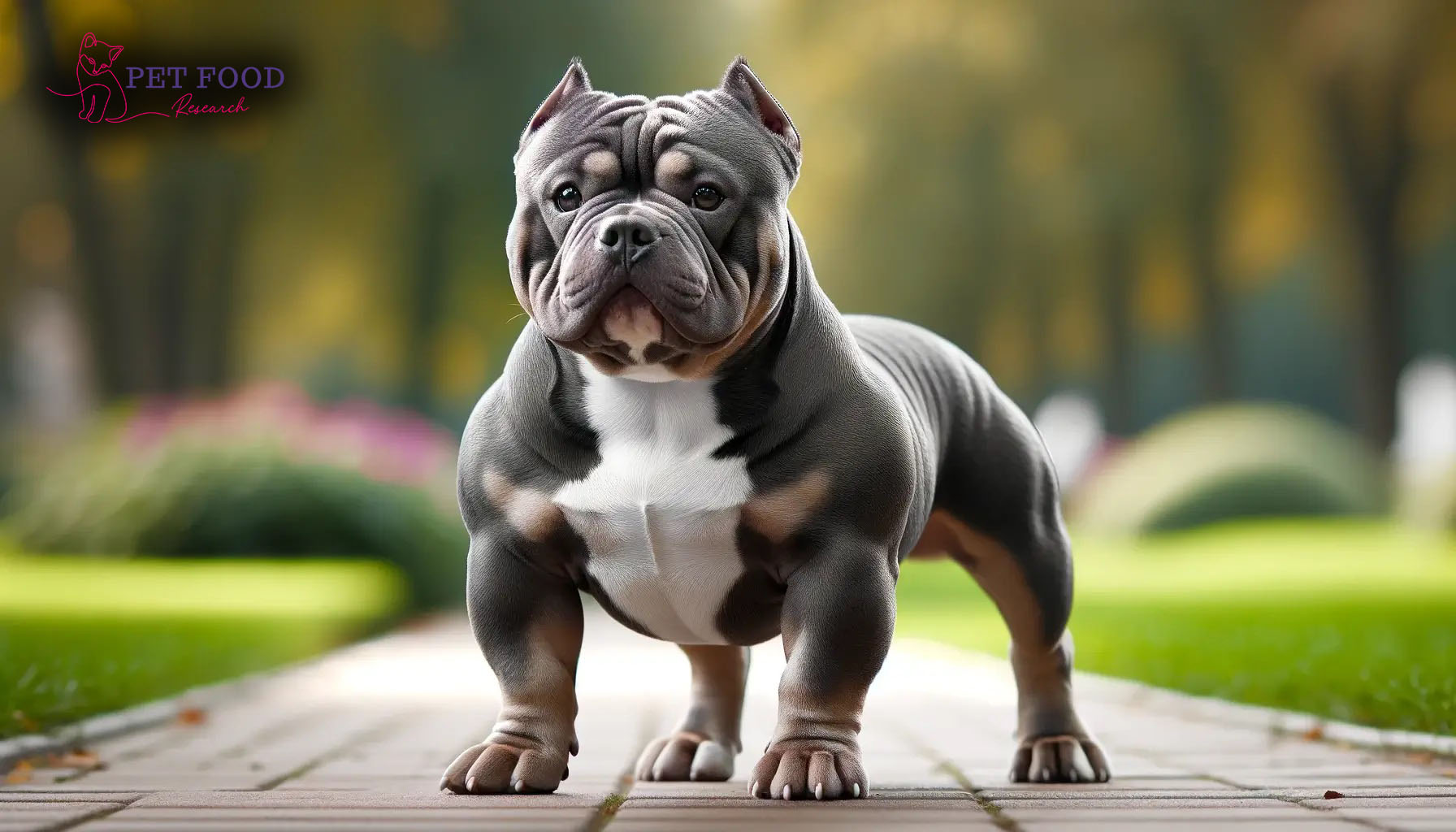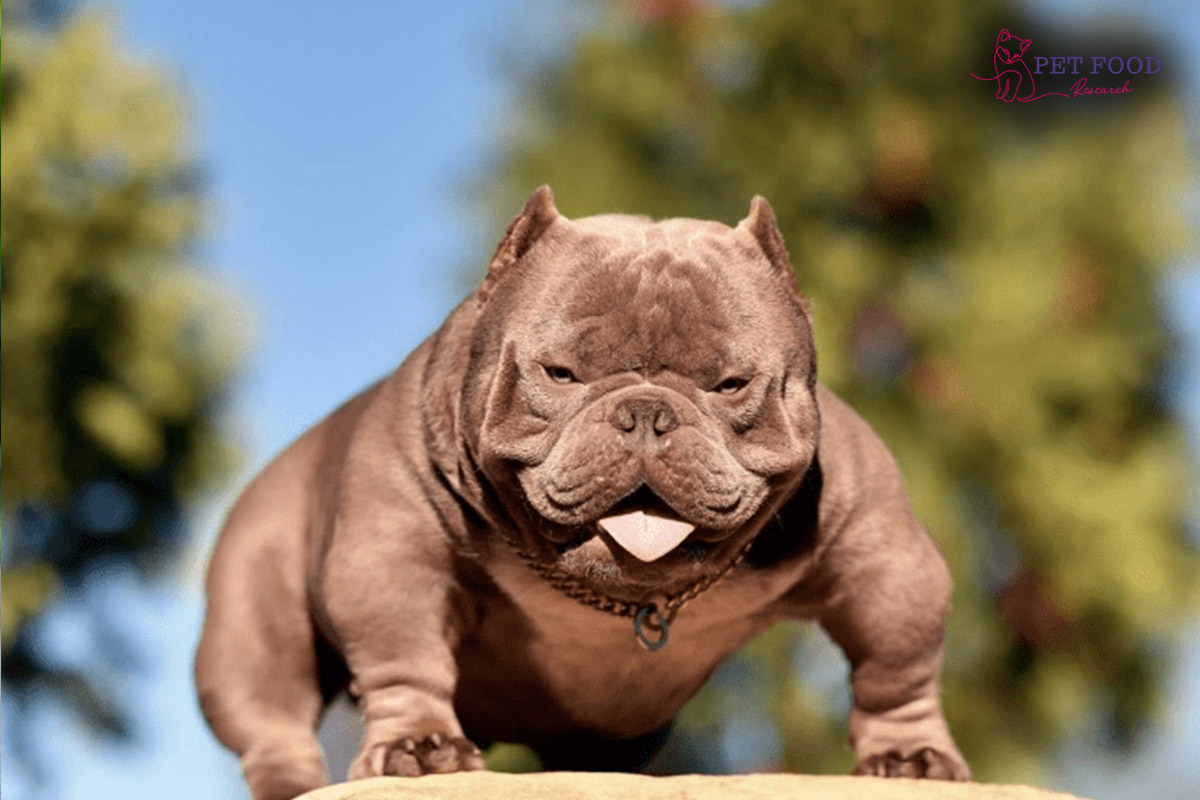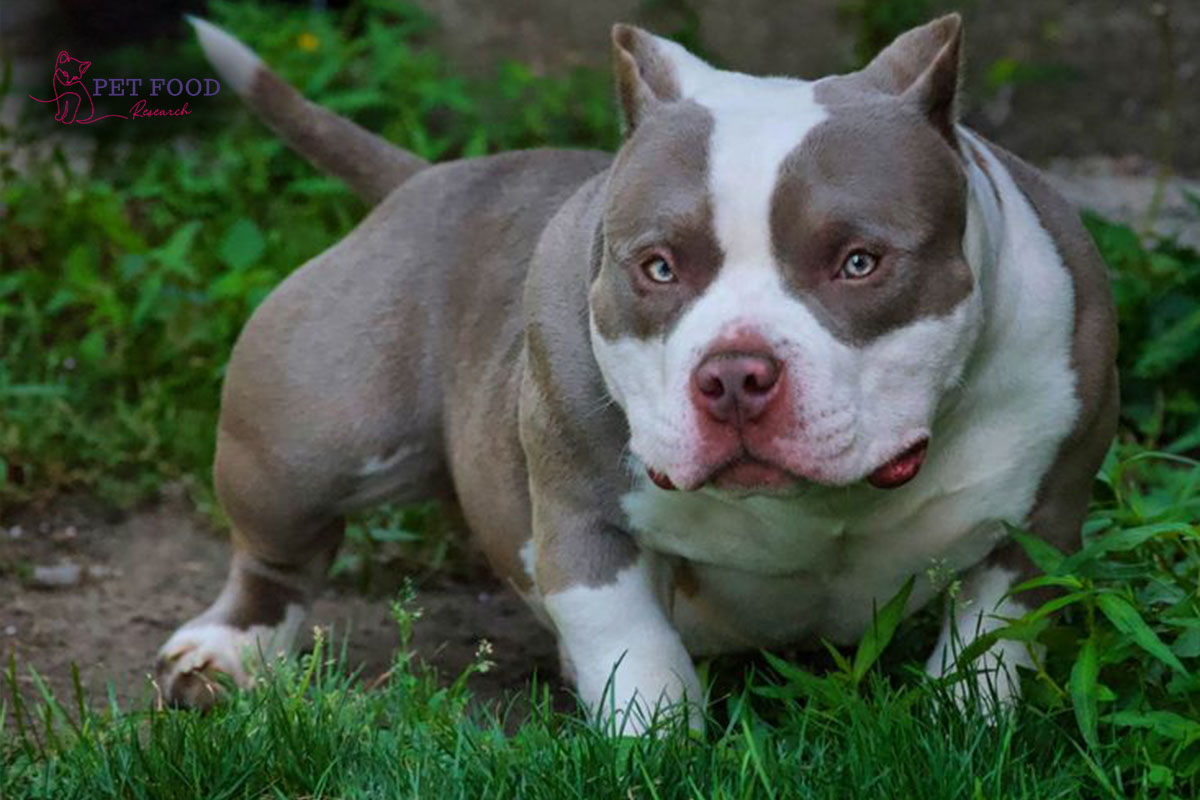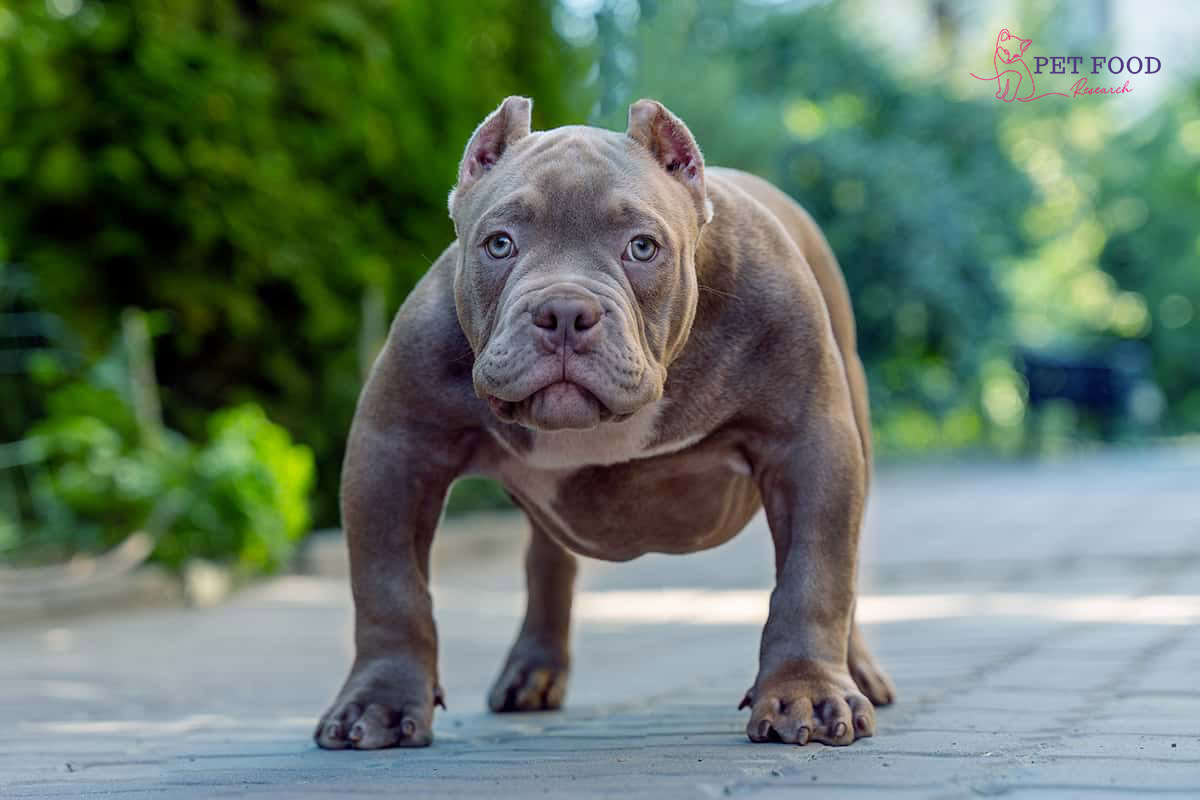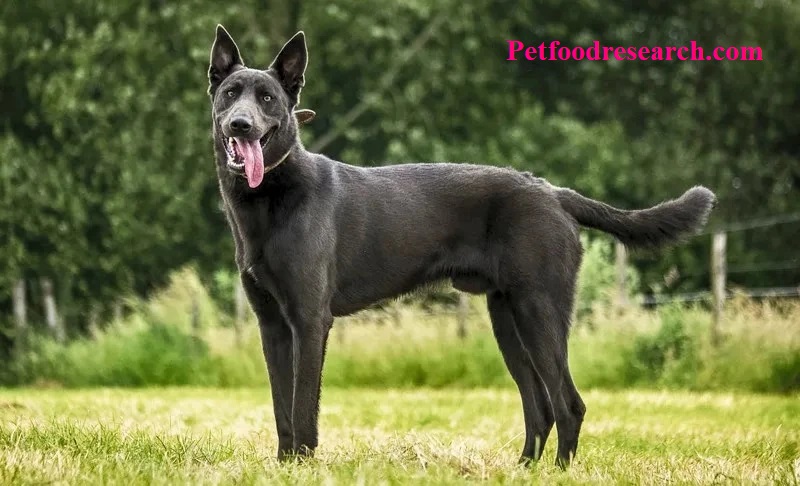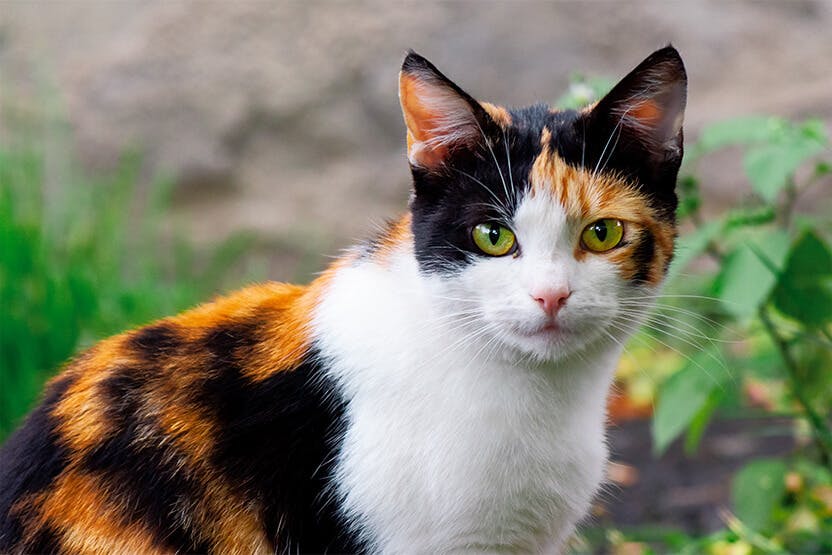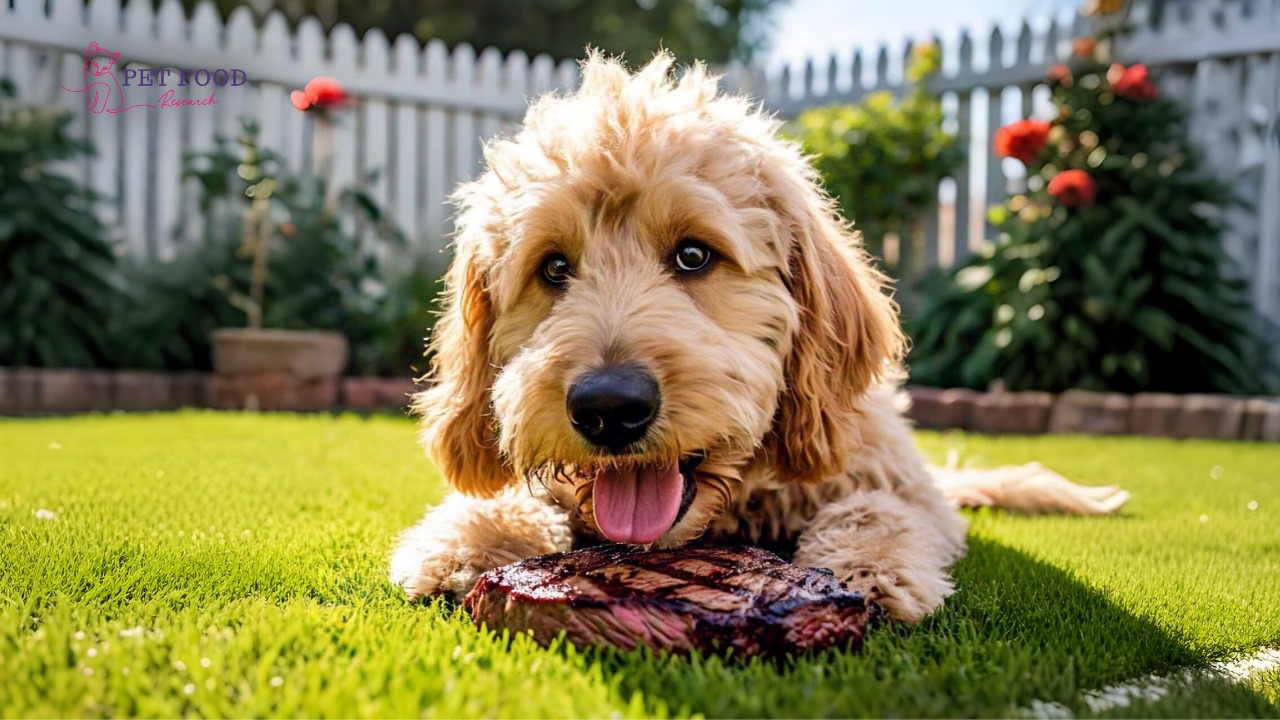The American bullies produced a variation named micro bullies which are recognized worldwide due to their short yet strong figures. Their name is derived from their short or micro sizes as micro bullies. In this article, we will discuss in detail the characteristics, behavior, dietary habits, and more about micro bullies.
Micro Bullies Historical Review
The variation with the smallest size among the American bullies is a micro bully. They are somehow similar in size to the pocket bullies, one of the types of American bullies. They came into origin by selective breeding of pocket bullies for the demand of smaller size dogs having the same muscular strength. However, the American Kennel Club (AKC) did not accept them as a variation of the American bullies and then they were recognized as a separate breed and became renowned, popular, and got appreciation from the world due to their unique small sizes.
However, they are not produced by natural means but a selective breeding of the pocket bullies with the French bulldogs is carried out to produce the smaller size dogs having the traits and other characteristics of the American bullies. So, this is also a main reason to consider micro bullies as a distinct and separate breed.
However, there are some controversies related to this type of breeding and producing extremely small-sized dogs. It is hypothesized by many experts that the extreme micro sizing in dogs can lead to health complications, as many of the micro bullies show some poor health conditions and so, this type of breeding should be minimalized.
Physical Attributes
The micro bullies are the small-size variant of the American bullies that are bred to achieve similar characteristics but smaller sizes than the American bullies. Despite their smaller sizes, they possess strong, robust, and muscular bodies with broad and wide chests. They have a big head, communicative and attractive eyes, and a protruding jawline. They also have powerful legs to run around.
Their shorter height ranges from 10 to 14 inches and they weigh about 20 to 40 pounds. They come in a variety of coat colors including black, brown, blue, fawn, gray, white, or maybe red. They may come in 2 color combinations and mostly have white patches over the chest, legs, or inner side. They have a short and plain furry coat that can be straight and need less brushing. Their coat requires less grooming as compared to other dog’s coats as it is short and less prone to allergy-causing pathogens.
Social Behavior
The micro bullies mirror the behavior of their peers, the American bullies. They are lovable, friendly, and affectionate companions to be kept as pets. They enjoy playing with kids and also protect them from any harm. They are also friendly with other pets like furry friends, cats, or other animals but don’t feel happy in the company of active and competitive dogs.However, they are a little lazy and want naps all day long.
They are sensitive and need love and affection. They are also sociable, and extroverted, and feel happy around strangers if they show some affection. While they get stressed if feel harshness in their owner or trainer’s behavior during training or other practice. So, always be calm, polite, and friendly to the micro bullies while making them train for competitions or other activities. They are also not suitable as watchdogs as they usually don’t bark to see strangers or other bigger animals and cannot alert the owners about any danger. They are also not used for service work as they are not dutiful and feel exhausted after some time.
Moreover, they are less smart and have a little stubborn personality. It is difficult for them to learn new commands and training in the first attempt. They need more practice, time, and patience from the trainer to get trained for some activities. So, they have less demand as competitive dogs. Meanwhile, they are less energetic, sluggish, and need less physical activity. 20 to 30 minutes of walking per day is enough for them to make them happy. Avoid heavy exercises, take them for walks only, and also avoid taking them outside duringthe daytime in the summer as they are more prone to heat collapse.
Care and Grooming
The micro bullies require less care as compared to other dogs. As they are less active, there is no need for training and exercising, you can take them for little walks only. Meanwhile, in the case of grooming, they need less grooming than other furry friends. Their coat is short and straight and shed less, so, they need less brushing, less haircuts, and less bathing.
Health Concerns
The micro bullies face many health problems due to their smaller sizes as compared to other dogs. They are more prone to respiratory problems and joint pain. If they are a little overweight, they can have the risk of elbow dysplasia because their short stature cannot bear the excess weight and can face low motility and extreme pain. As they have a short-structured nose with narrow nostrils, they can have respiratory issues and breathing difficulty
. Their overweight exacerbates the condition while doing some activity. So, they have a little lifespan of 3 to 8 years. They need more veterinary checkups almost once per week and also need care in this regard. In addition, their diet should be balanced and rich in vitamins and minerals. Commercial dog foods are also suitable for them but avoid giving them meals having preservatives or additives.
Conclusion
The short-statured yet robust micro bullies are a variant of the traditional American bullies reflecting their traits and behaviors but are smaller in size as compared to their peers. They have wide and strong bodies and also tough legs. They have short coats with straight fur which requires little care and grooming.
They also come in a variety of colors like black, tan, blue, white, or gray. Keeping them as pets is also suitable for pet owners as they need less care. They are lovable, playful, and affectionate companions but are lazy and need more naps than exercises. Moreover, they are prone to health issues due to their short stature and proper veterinarian checkups are necessary for their health maintenance.
Read also: Petfoodresearch


